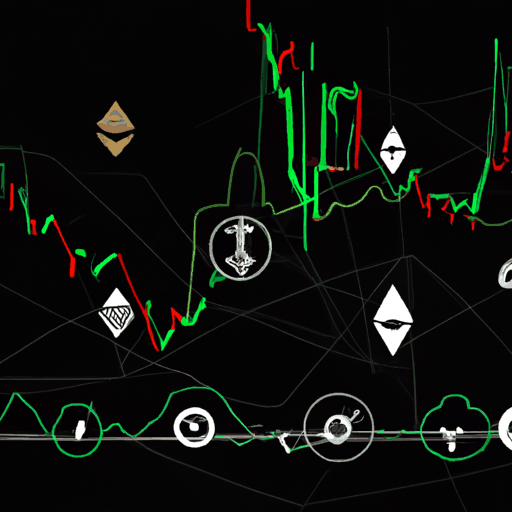
Learn Concept: The Impact of Long-Term Ethereum Accumulation on Market Dynamics
By: Isha Das
The recent discussions around Ethereum point towards a significant movement in market dynamics influenced by long-term accumulation. In the context of cryptocurrencies, long-term holders are those entities or individuals who retain their assets for extended periods, often in anticipation of future value increase. This ideology plays a crucial role in stabilizing asset prices and fostering growth under fluctuating market conditions.
Ethereum's current positioning demonstrates this concept vividly. Long-term accumulators have been pivotal in providing a support base when the market undergoes consolidation phases. Their role reduces volatility by absorbing potential sell-offs, thus maintaining a stable price trajectory.
This accumulation period coincides with various external factors including favorable regulatory developments and advancements in the Ethereum network's infrastructure. The Senate's approval of the GENIUS Act, focusing on streamlined stablecoin regulations, acts as an enhancer to Ethereum's environment, indirectly boosting investor confidence.
From an investment perspective, this stable foundation allows traders to predict potential breakouts more accurately. The technical improvements, such as enhanced staking mechanisms, not only increase network efficiency but also appeal to institutional investors interested in reliable custodial solutions.
Understanding the dynamics of long-term accumulation is essential for modern traders and investors aiming to navigate the complex terrain of cryptocurrency investments effectively. By recognizing these market influencers, stakeholders can craft strategies that exploit these foundational strengths.



